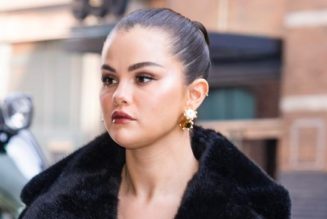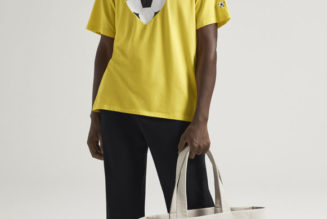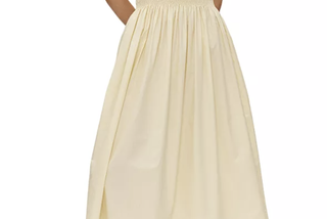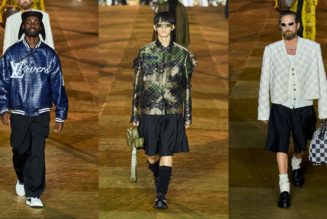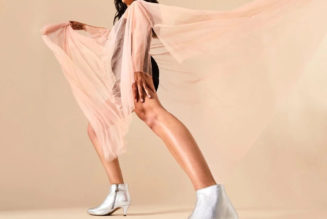Jul 13, 2023
Jul 13, 2023
The latest Fashion Transparency Index has shown that the industry is improving in some ways are far as addressing global inequality and the climate crisis are concerned, but there’s still much to do.
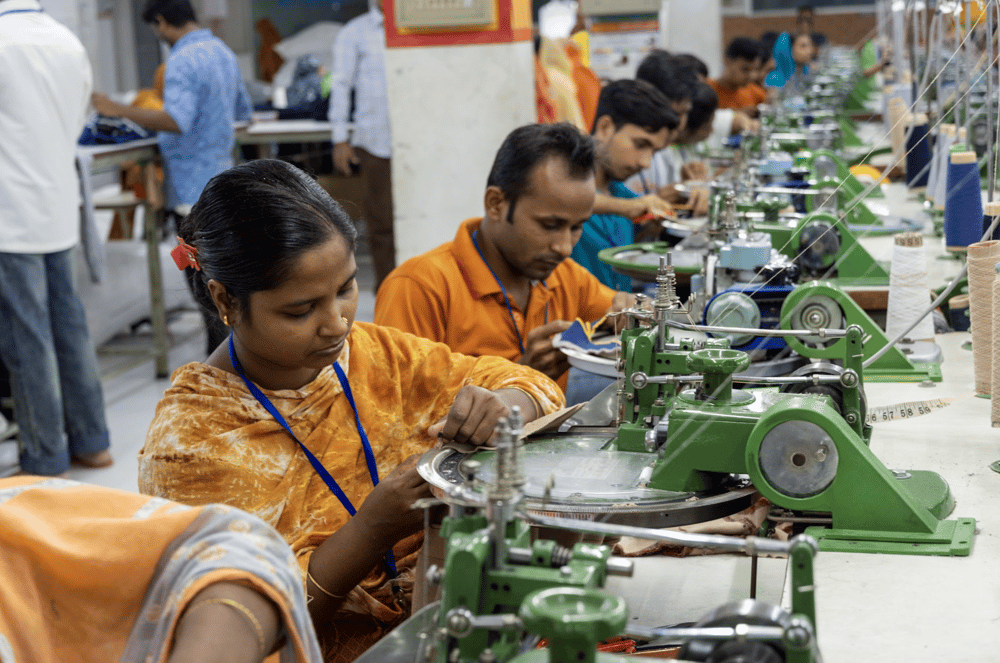
The index has been running since 2017 and for the very first time, two out of 250 major fashion brands have now scored 80% or higher for transparency, including a luxury brand.
But Fashion Revolution, the group behind the index, said that “major fashion brands continue to shirk responsibilities like tax and purchasing practices, which drive inequalities within the industry. The pay gap between fashion CEOs and garment workers continues to widen, meanwhile only 18% of brands are disclosing the percentage of executive pay tied to their sustainability targets”.
Additionally, 94% of major fashion brands still don’t disclose what fuel is used in the manufacturing of their clothes and 99% don’t disclose the number of workers in their supply chains being paid a living wage.
This year’s index shows that “on the whole, the global fashion industry has made unimpressive progress on transparency with major fashion brands achieving an overall average score of 26%, up just 2% from last year”.
OVERPRODUCTION
Despite upcoming legislation to mitigate fashion waste, mounting evidence of overproduction “remains the big elephant in the room as most major brands do not disclose their annual production volumes nor do they commit to reducing the number of new items they produce,” Fashion Revolution said. In fact, 88% of brands don’t disclose volumes, “a disappointing increase from last year’s 85%”.
The group added: “Brands absolutely know how much they are producing; what business can survive without this information? The continued lack of transparency begs the question, what’s being hidden?”
That’s the bad news, but what about the plus points? There have been some moves in the right direction. Finally, more than half (52%) of 250 major brands reviewed are disclosing their first-tier supplier lists, a promising shift compared to 32 out of 100 brands (32%) in the first edition of the Index.
And what about that luxury brand scoring 80% or higher for the first time ever? Kering’s Gucci ranked second out of 250 brands, with an overall average score of 80%.
BIGGEST MOVERS
After years of the luxury fashion sector dragging its feet on transparency, the five biggest movers this year were also all luxury names (Gucci, plus Armani, Jil Sander, Miu Miu and Prada), with the biggest increase being Gucci by 21 percentage points. “This demonstrates that big strides in transparency are achievable if there is the will,” Fashion Revolution said.
As mentioned earlier, in seven consecutive years of publishing the Index, for the first time in 2023, two brands scored 80% or higher. Gucci was one and Italian brand OVS scored highest again this year with 83%. Kmart Australia and Target Australia were next at 76%. OVS has increased its score by 5 percentage points since last year, and while Gucci’s score soared, Kmart and Target Australia’s scores were lower by two percentage points.
And at the bottom of the list, too many big names scored 0%. In fact, 18 major brands had a zero tally, up from 15 a year ago. They include Anta, Belle, Big Bazaar, Bosideng, Fashion Nova, K-Way, Koovs, Max Mara, Metersbonwe, Mexx, New Yorker, Heilan Home, Savage x Fenty, Semir, Splash, Tom Ford, Van Heusen and Youngor.
Between the top and bottom scores, 71 out of 250 brands — or 28% of the list — scored in the 0-10% range. This was a slight improvement from 31% last year.
Noting that “transparency is not to be confused with sustainability”, the group added that “without transparency, achieving a sustainable, accountable, and fair fashion industry will be impossible. Transparency underpins transformative change but unfortunately much of the fashion value chain remains opaque, while human and environmental exploitation thrives with impunity. When brands publicly disclose information, it allows anyone to scrutinise their policies, hold them accountable for their claims and advocate for positive change”.
The group was founded in the wake of the Rana Plaza disaster in 2013 and says it’s the world’s largest fashion activism movement.
Its Policy and Research Manager Liv Simpliciano said: “As activists, it is maddening to have to continually push for what ultimately is the bare minimum of what we should expect from major fashion brands. The unimpressive progress here is worrisome in the face of deepening social inequality, environmental destruction and various incoming legislations. We are pleased that a minority of brands are finally scoring 80% or higher but even 100% transparency is only the starting point and it seems many major fashion brands have yet to even show up to the race. Time is running out and yet the majority of the fashion industry continues to dig their heels in and refuse to change. We cannot shop our way out of the climate crisis, we cannot recycle our way out of overproduction and frankly, there is no fashion on a dead planet.”
Copyright © 2023 FashionNetwork.com All rights reserved.



